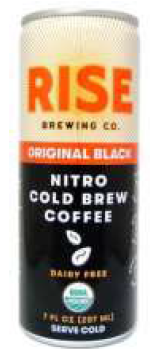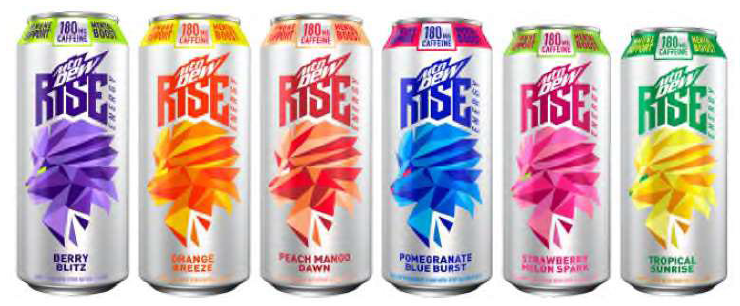The US Court of Appeals for the Eighth Circuit affirmed a district court’s dismissal of a trademark infringement suit for lack of personal jurisdiction, finding that the trademark owner failed to allege that the alleged infringer could reasonably anticipate being hauled into court in Missouri. Brothers and Sisters in Christ, LLC v. Zazzle, Inc., Case No. 21-1917 (8th Cir. Aug. 2, 2022) (Smith, Benton, Kelly, JJ.)
Brothers and Sisters in Christ (BASIC) is a Missouri-based clothing company that owns the trademark “love happens.” Zazzle is a California-based online retailer. BASIC sued Zazzle in a Missouri district court for trademark infringement, alleging that Zazzle used its nationally available website to advertise and sell goods in Missouri. BASIC further alleged that in 2019, Zazzle sold and shipped a t-shirt bearing a purportedly infringing “love happens” logo to at least one Missouri resident. The district court granted Zazzle’s motion to dismiss for lack of personal jurisdiction under Fed. R. Civ. P. 12(b)(2). BASIC appealed.
Reviewing the issue de novo, the Eighth Circuit affirmed the dismissal. The Court explained that because the Lanham Act does not authorize nationwide personal jurisdiction, the Court was required to apply Missouri’s long-arm statute and the federal due process clause. Given that Missouri’s long-arm statute authorizes personal jurisdiction over defendants who engage in, among other things, the transaction of any business or the commission of a tortious act within the state, the Court’s inquiry focused on whether exercising personal jurisdiction over Zazzle comported with the due process clause. Because BASIC did not allege that Zazzle was subject to general personal jurisdiction in Missouri (i.e., BASIC did not allege that Zazzle was “essentially at home” in the forum state), the question instead turned on whether BASIC had sufficiently pled facts to support a claim of specific personal jurisdiction.
The Eighth Circuit explained that specific personal jurisdiction existed over Zazzle for the purposes of BASIC’s trademark infringement claims if Zazzle had certain minimum contacts with the forum state and BASIC’s claims arose out of or related to those contacts. For specific jurisdiction to apply, the underlying controversy must be connected to the defendant’s activities in the forum state; unconnected activities directed to the forum state, no matter how numerous or systematic, cannot convey specific personal jurisdiction. The Court used a five-factor test previously set forth in Whaley v. Esebag to conduct its analysis: “(1) the nature and quality of [defendant’s] contacts with the forum state; (2) the quantity of such contacts; (3) the relation of the cause of action to the contacts; (4) the interest of the forum state in providing a forum for its residents; and (5) convenience of the parties.”
The Eighth Circuit found that the behavior alleged by BASIC (Zazzle’s operation of a national website that sells and ships goods to Missouri combined with a single specific instance of an allegedly infringing t-shirt being sold and shipped to a Missouri consumer) was insufficient to support a specific jurisdiction claim. Zazzle’s website availability and sales unrelated to the use [...]
Continue Reading
read more

 Subscribe
Subscribe




